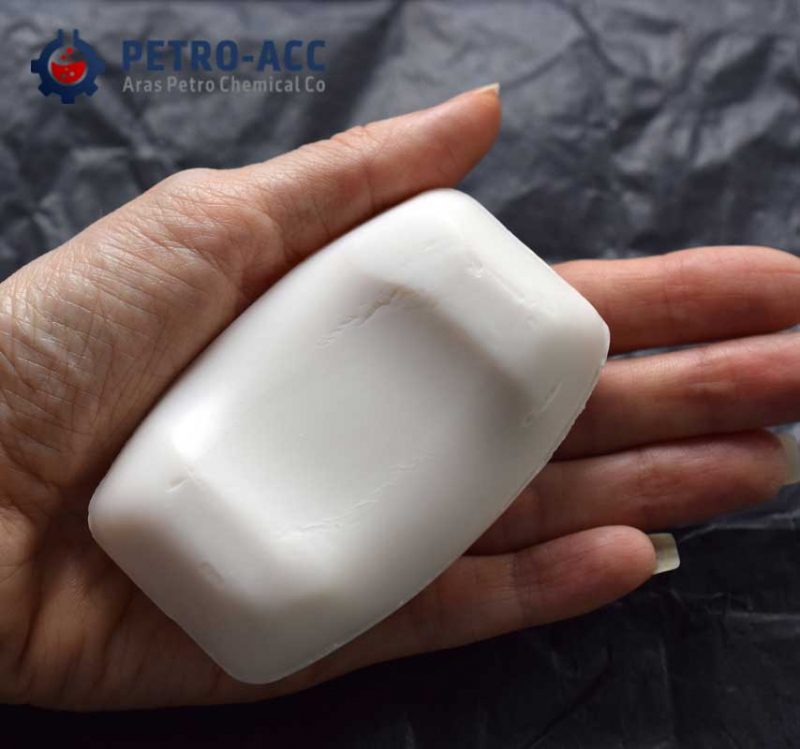Caustic soda flakes, also known as sodium hydroxide, is a common ingredient used in soap-making. When mixed with oils and fats, it undergoes a chemical reaction called saponification, which produces soap.
The caustic soda flakes are typically dissolved in water to create a lye solution, which is then mixed with oils and fats to initiate the saponification process. The lye solution causes a chemical reaction with the oils and fats, breaking them down into fatty acids and glycerin, which then combine to form soap.
It’s important to note that caustic soda flakes are highly caustic and can cause severe burns if not handled properly. Safety precautions should be taken when working with this substance, including wearing protective clothing, gloves, and eye protection, and working in a well-ventilated area. Additionally, the lye solution should be handled carefully and mixed slowly to prevent splashing and ensure proper dilution.
Here are some of the benefits of using caustic soda flakes in soap making:
- Versatile: Caustic soda flakes can be used to make a variety of soaps, including solid bar soap, liquid soap, and even transparent soap.
- Cost-effective: Caustic soda flakes are relatively inexpensive compared to other soap-making ingredients. They are also readily available from chemical suppliers and hardware stores.
- Easy to store: Caustic soda flakes have a long shelf life and can be stored in a cool, dry place.
- Effective: Caustic soda is a strong alkali that is highly effective in producing soap with good lather and cleansing properties.
- Customizable: By adjusting the amount of caustic soda used, soap makers can control the hardness, lather, and cleansing properties of their soap.
- Natural: Caustic soda is a natural ingredient that is derived from salt and water. It is an environmentally friendly alternative to some of the harsher chemicals used in commercial soap production.
-
Long-lasting: Soap made with caustic soda flakes is long-lasting and can be used for several weeks or even months.
Soap Production From Caustic Soda Flakes
Caustic soda flakes, also known as sodium hydroxide (NaOH), can be used to produce soap through a process called saponification. Here are the general steps involved:
- Mix the caustic soda flakes with water to create a lye solution. This is typically done in a well-ventilated area or under a fume hood, as the process can generate harmful fumes.
- Heat a quantity of vegetable or animal fat (or oil) in a large pot or kettle until it melts. This fat/oil is the primary ingredient in the soap.
- Slowly pour the lye solution into the pot with the melted fat/oil while stirring continuously. This process will cause a chemical reaction called saponification, where the fats/oils are broken down into their constituent fatty acids and glycerol molecules. The fatty acids then react with the lye solution to form soap.
- Continue stirring the mixture until it thickens and reaches a “trace” stage, which means that it has reached a certain consistency and can hold its shape. This can take anywhere from a few minutes to several hours, depending on the ingredients and the desired outcome.
- Once the mixture has reached trace, pour it into molds and let it cool and harden for several hours. This will result in a solid bar of soap that can be cut into smaller pieces as needed.
- Finally, the soap should be left to cure for several weeks before use. During this time, excess water and lye will evaporate from the soap, leaving behind a harder, milder bar that is gentle on the skin.
The process of making soap from caustic soda flakes can be somewhat complicated and requires careful attention to safety and detail. However, with practice and experience, it is possible to create high-quality, all-natural soap that is free from harsh chemicals and additives.









Leave A Comment